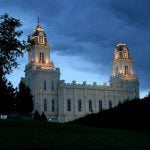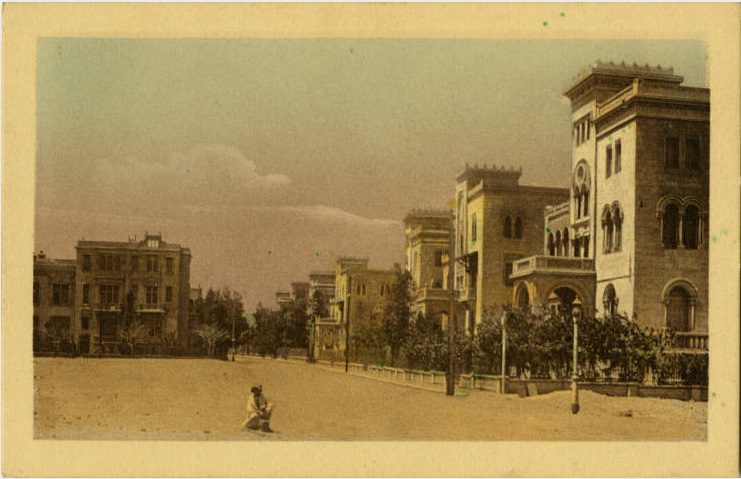
When weary travelers arrive at Cairo’s International Airport — often bleary-eyed and exhausted, and perhaps even somewhat intimidated the very foreign country to which they’ve just come — they’re probably not thinking at all about the actual city in which they’ve landed.
Because it isn’t Cairo. It’s Heliopolis. It’s located about five or six miles distant from the city center of Cairo.
Literally, its name means “The City of the Sun” or “Sun City.” But in Arabic it’s called Masr el-Gedida (“New Cairo” or “New Egypt”).
Heliopolis is older than Sun City, Arizona, which was founded in 1960. But not, given the antiquity that is everywhere in Egypt, by as much as you might think.
It was founded in 1905 by the Heliopolis Oasis Company, which was headed by a very wealthy Belgian industrialist, entrepreneur, and amateur Egyptologist named Édouard Louis Joseph Empain (1852-1929) in partnership with a son of Nubar Pasha, the Egyptian Prime Minister at the time. (To put things in some perspective, perhaps, the city of Tel Aviv, on the coast of Israel, was founded in 1909 by settlers moving out from the city of Jaffa or Yafo or Joppa, which had been established as a city by no later than 1800 BC and which may first have been settled as early as 7500 BC.)
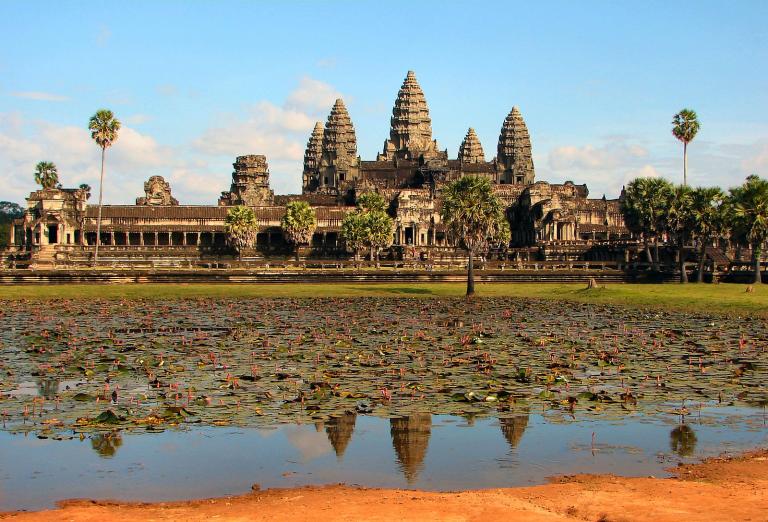
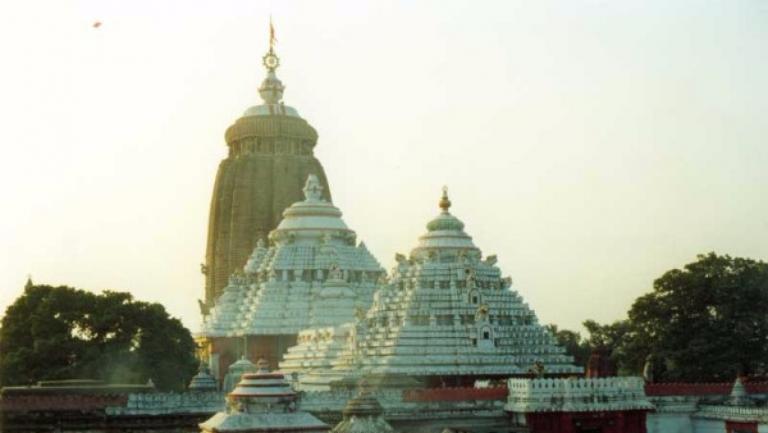
Baron Empain — he was granted that title in 1907 — is best remembered today for the palace that he built on what was then called the Avenue des Palais. Rather oddly, since it stands in largely Muslim Egypt, a country that has boasted spectacular architecture since the middle of the third millennium before Christ, it was inspired by Cambodia’s Angkor Wat and the Hindu temples at Orissa (modern Odisha) in eastern India and is called the Palais Hindou.
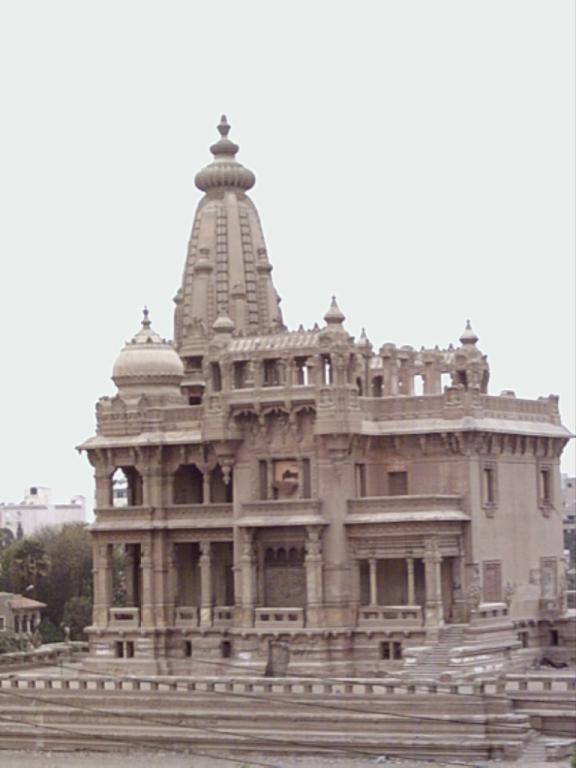
(Wikimedia Commons public domain photograph)
Completed in 1911, Empain’s house now stands on Orouba Avenue, the name that was given to the Avenue des Palais after the Egyptian Revolution of 1952. The home was constructed entirely of concrete, which was rather revolutionary for the period. As travelers drive from the airport toward Cairo, they see the Palais Hindou on the left side of the street.
Heliopolis was designed as a “city of luxury and leisure,” with broad avenues and all the latest European conveniences, including electricity, a golf course, a racetrack, gardens, and parks. Unfortunately, in the expansion of Cairo and with the vast increase of Egypt’s population, the original parks and gardens are almost entirely gone today. Modern Heliopolis has a population of approximately 150,000, and it remains one of the (relatively) more affluent areas of greater Cairo.






